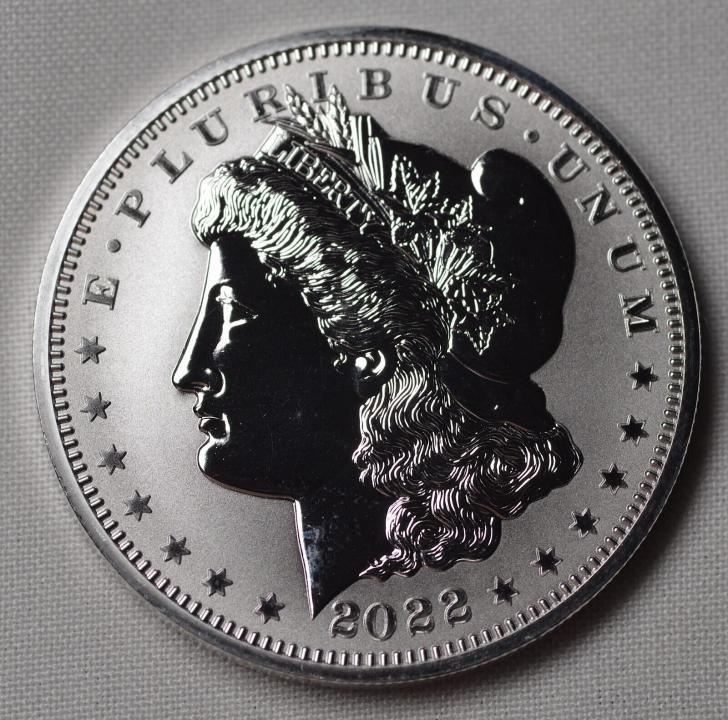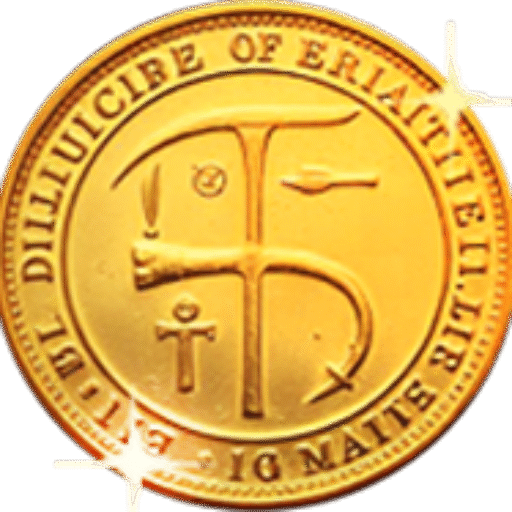Historical and Numismatic Significance of 1 oz. Silver Coins from Fiji

The interests of people with different careers and incomes are different. Numismatists collects coins and banknotes. The basis of numismatics is the study of objects. Coin collectors call themselves numismatists. Numismatists are interested not only in buying and selling coins and massaging them, but also in communicating with like-minded people.
The interests of people with different careers and incomes are different. To decide on a range of interests and an approach, you need to learn about a coin, currency, topics, and history. You always want to learn new data to pursue new goals. With the advent of the coin, you were able to simplify proceedings and purchases. Over time, cash has evolved. Today we will talk about coins from Fiji. Data about coins of Fiji will be useful both for collectors and for people who are interested in the history of Fiji. It is recommended to study the history and significance of a coin from Fiji.
Definition and Scope of Numismatics
The modern numismatics focuses on the questions connected with the study of the beginning of the appearing of the first true coins, the issues that arise with this essay, the particular types of coins or fakoins which were struck irregularly; the denominations which esteemed for the primary coin production; the issues concerning differentiating between true coins, imitation of profit media; the principles ruling the manner of monetary systems which were formalized and regulated; the issues that arise concerned with the contents and application of well-known and accepted comparefinance principles pointing the location of coins which may have been the commercial centers rendering services to a great extent promuscular diet control; wide-ranging money circulation which surrounded control economic from trade or connected with operations in payments; the principles incorporated in the first coin systems to function; establishment of normal coin features. Most ancient coins were struck in gold and silver. The majority of these ancient coins looked the same and were struck in coin dies.
In order to create coins, minters use coin dies, which are metal punches with varying degrees of image formation, against coins or coin blanks. Each numismatist who is interested in coins has determined his/her preferences, most interesting for himself, coin, period, price, or other specialist. Among the topics that raise questions are the metallurgical characteristics of the metal content of the area coins, the evaluation of artistic and historical developmental-level diagram coins, and questions from historians. With the scope of many applications, presentation capabilities, and virtual technologies in connection with the transition, it became possible to get more information from those who received the ancient coins to the present.
Ancient World numismatics focuses on historic and specific main objects, such as studied historic and specific involutions of money that were evenly distributed within the limits of ancient states and outside the boundaries.
The genealogy of money and exchange during pre-monetary and early medieval stages of social development is the main focus of the study of medieval numismatics. Other topics covered include the origins of early money as artifacts, their location by some national property pungent from the predecessors, the issues surrounding the quantity and weight of counterfeit coins and the nature of the coin circulation that results, the variations regarding the form of the counterfeit coin’s numerical and quality aspects, and the reasons behind the early numismatic materials’ genesis.
Before proceeding with our study, it may be fitting to start with clarifications of numismatics as a separate science. Numismatics is the science which studies ancient, medieval, and modern coins, as well as numismatic ties, tenuites, various medals, and money substitutes. In numismatics, public appearances that have a close connection with coins are also subject to attention.
According to the main directions of numismatics, the following branches have been singled out: the general and the theoretical. Its jurisdiction is the money: their role, significance, and essence; the views of ancient scientists on the questions of money circulation; the theories and opinions concerned; the questions that appear in ancient metal circulation; the types of money circulation; the functions of money and their contents; as well as the results related to the money quantity as a result of different operations such as losses and surplus reproduction.
Importance of Collecting Coins
As they are handled and studied, coins become individual historical documents that have a story to tell. The great leaders, inventors, navigators, writers, and military events depicted on each nation’s coins serve to amplify this narrative. These documents carefully chronicle the Renaissance, the Baroque Period, the Olympic Games, or other important social, economic, and political events that have changed history and simply amused us during the ages.
Coin collecting is a hobby that enriches one’s life from a historical as well as from a numismatic point of view. The joy from organizing and participating in a carefully constructed numismatic collection is derived from many sources. A series of coins may be obtained at a price that is within the means of most collectors, and the hunt to find that one elusive coin gives the thrill of the chase. In assembling a set, the collector gains an overall view of all the different designs used in the series, sees their sequential development and history, and learns much about the country that issued the coins. In a larger sense, one gleans a sense of world history, as the origins of coins and the historical facts that led to the use of an effigy, emblem, or monarch on the coins all speak to us over many centuries.









The interests of people with different careers and incomes are different. Numismatists collects coins and banknotes. The basis of numismatics is the study of objects. Coin collectors call themselves numismatists. Numismatists are interested not only in buying and selling coins and massaging them, but also in communicating with like-minded people.
The interests of people with different careers and incomes are different. To decide on a range of interests and an approach, you need to learn about a coin, currency, topics, and history. You always want to learn new data to pursue new goals. With the advent of the coin, you were able to simplify proceedings and purchases. Over time, cash has evolved. Today we will talk about coins from Fiji. Data about coins of Fiji will be useful both for collectors and for people who are interested in the history of Fiji. It is recommended to study the history and significance of a coin from Fiji.
Definition and Scope of Numismatics
The modern numismatics focuses on the questions connected with the study of the beginning of the appearing of the first true coins, the issues that arise with this essay, the particular types of coins or fakoins which were struck irregularly